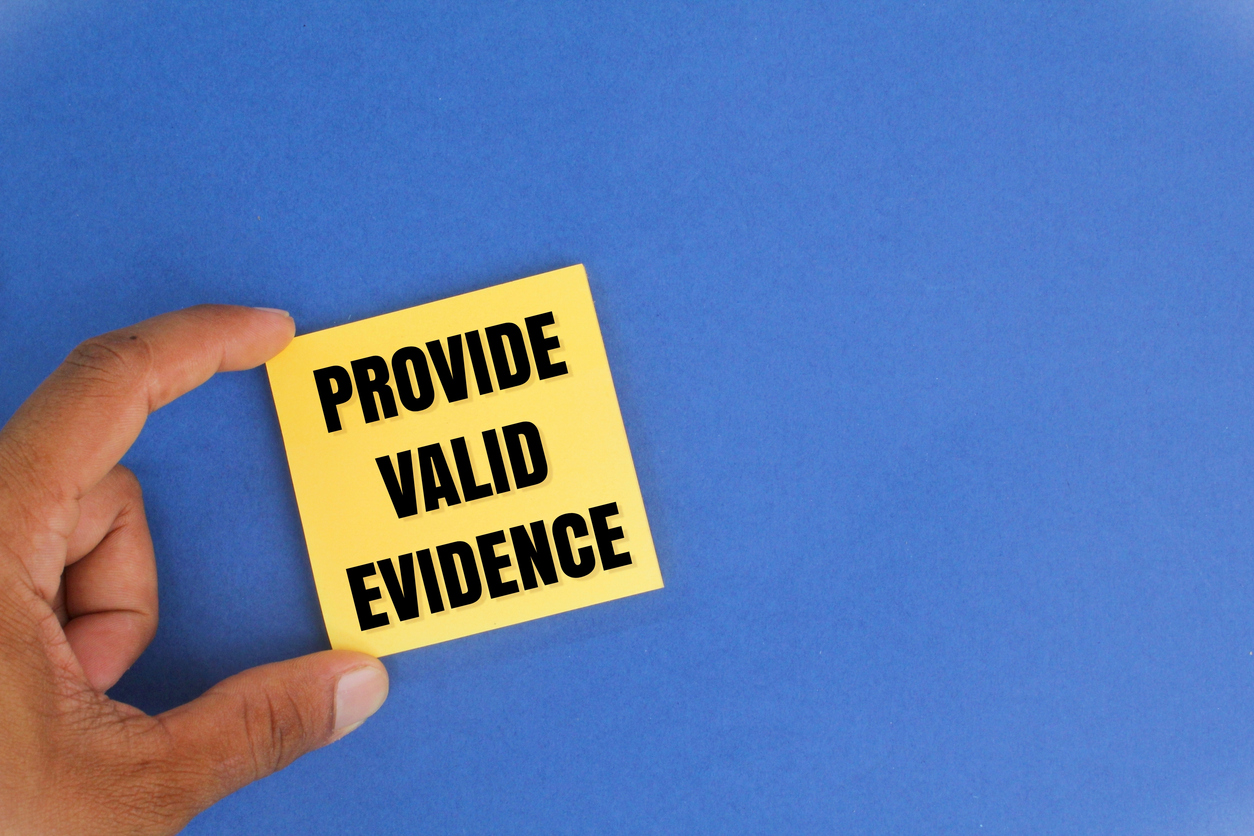When evaluating a new claim, it is probably best to look at it with a skeptical eye. Advancing fraudulent claims gives public adjusters, plaintiff’s attorneys, and policyholders black eyes. It is important for the players on both sides of the claims process to weed out fraudulent claims. While this is easier said than done, there are certainly a few steps that can be taken to ensure that you are not representing a person who is trying to pull a fast one on their insurance company.
The general rule is that if it walks like a duck and quacks like a duck, it is probably a duck. Attorneys and public adjusters should look at claims through a filter of skepticism. Ask the client the questions they would be asked by a defense attorney at an EUO, not to prepare them to lie and get away with the fraud, but to ferret out the fraud before you sign and perpetuate it. First, discuss the facts and circumstances of the claim. If the client tells you that the fire started because she was cooking and forgot to turn off her stove when she had to run out suddenly to pick up her child from school, it would be important to know if the fire started in July when school was out for the summer or if the child was out of the country at the time. Don’t laugh – this actually happened. Second, you can rest assured that the carrier is going to delve into the policyholder’s finances attempting to prove economic hardship facilitated a fraudulent claim, so ask the policyholder those hard questions during your assessment of the claim’s viability. Perform your due diligence, investigate the facts before hand, and if the circumstances do not add up, walk away.
Additionally, pay close attention to the rest of the claim. Greed exists. This is important when evaluating suspicious claims, as people who will commit fraud for money are all too often overcome by greed. They make demands for additional living expenses (ALE) which are drastically over-inflated or outright phantom. I cringe when I am meeting a potential client and I see those little paper receipt booklets for alleged rent payments. In many jurisdictions, if the policyholder makes fraudulent ALE claims, the entire claim may be denied.
Another area that should be scrutinized very closely is contents. Fraudulent policyholders will typically include every item they own – and then some – in their contents claim. Review that portion of the claim with a fine-toothed comb. Be reasonable. If the policyholder is a working-class person making $40,000 per year, chances are they do not own three gold Rolex watches. And for that matter, how are three gold Rolex watches allegedly located in the bedroom on the other side of the house from the kitchen damaged by the fire? Much like fraudulent ALE, in most jurisdictions, a fraudulent contents portion may lead to a denial of the entire claim.
Perform your due diligence on the front end so that you aren’t left holding the bag when a defense attorney unveils ill intent by the insured.




